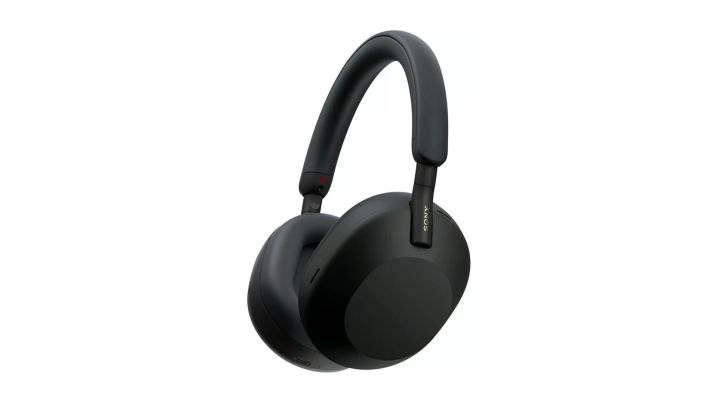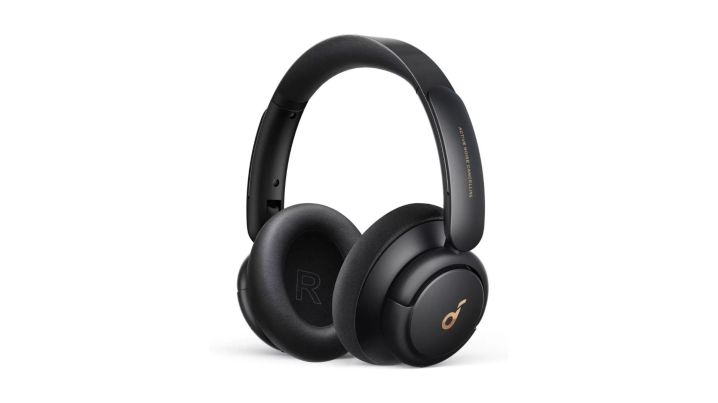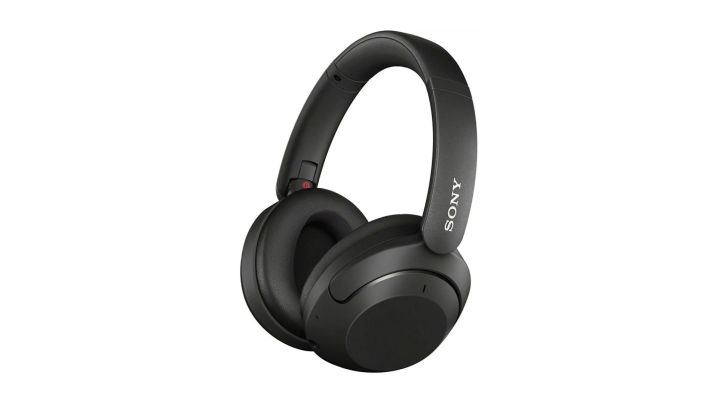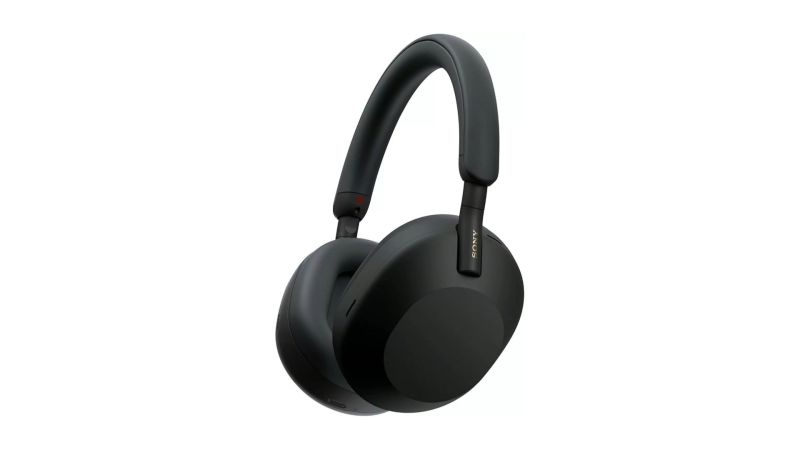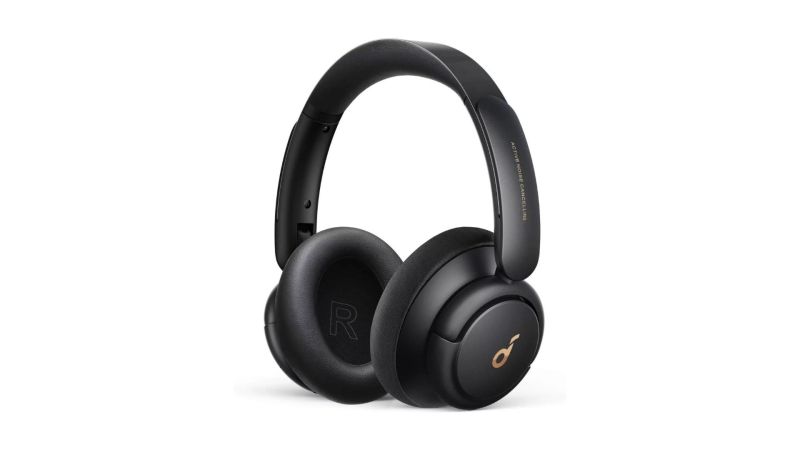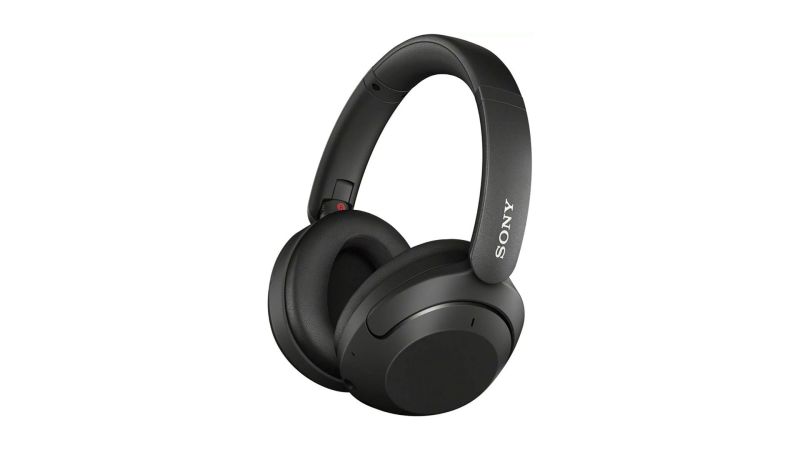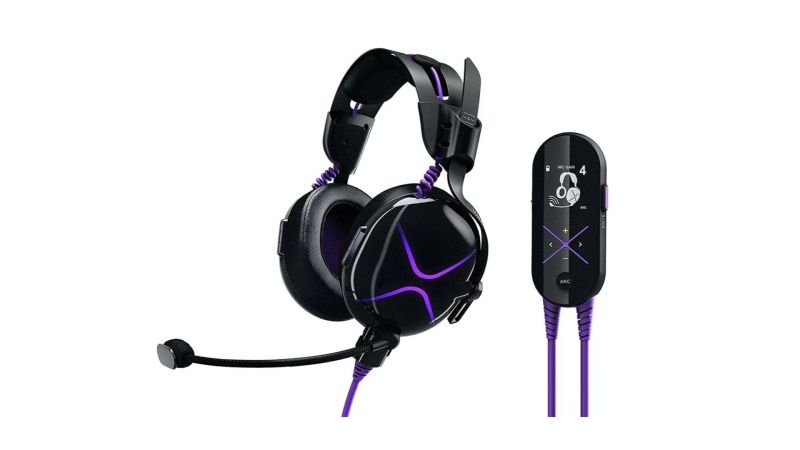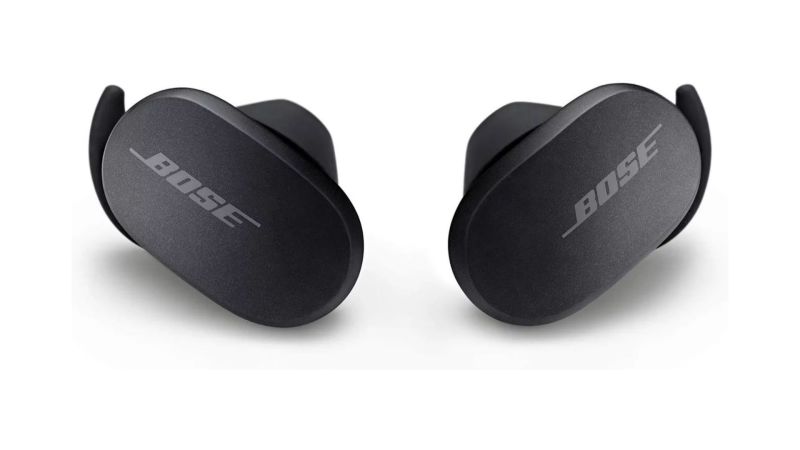We may earn revenue from the products available on this page and participate in affiliate programs.
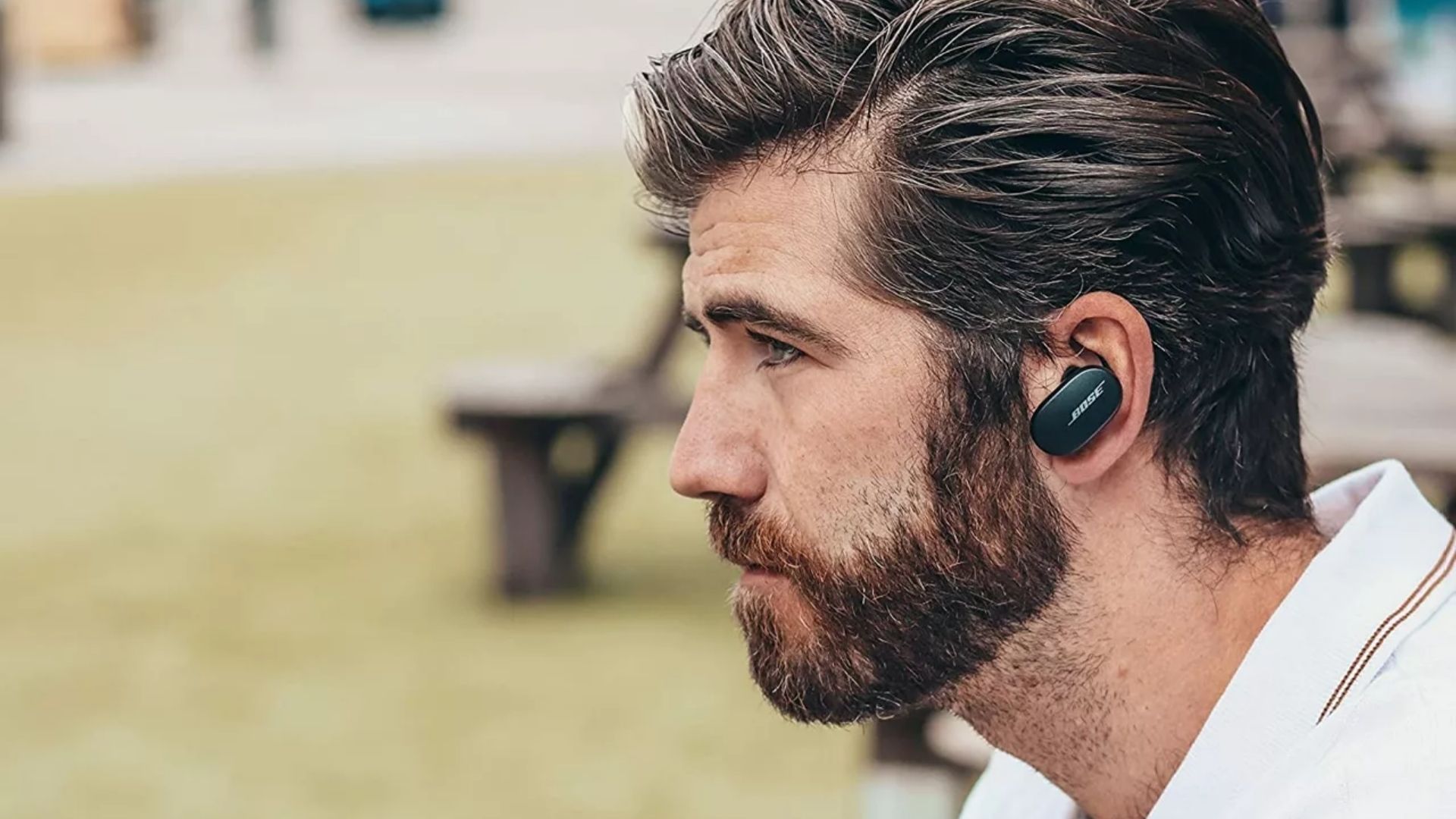
If you still haven’t made the switch to noise-canceling headphones, I assure you the investment is well worth it. They’re a total game-changer and there are several reasons you owe it to yourself to get a pair of your own.
Imagine that you’ve finally saved up money to buy an overpriced plane ticket and enough leave to fly home. Now, all that’s between you and a relaxing vacation is a pair of three-hour flights, a one-hour layover, and — don’t forget — you need to be at the airport two hours early. That’s a lot of time to listen to people complain about the airplane not being at the right temperature or conduct hostage negotiations with their kids about which terrible airport food they’re going to eat.
Or maybe you’ve got some downtime in the barracks. You’d like to kick back with a movie or do some gaming with your friends, but your poor speakers can’t keep up with the rowdy neighbors on the other side of paper-thin barracks walls. Instead of blowing out your eardrums by cranking your earbuds up to 11, do yourself a favor and hit life’s mute button with a pair of the best noise-canceling headphones.
- Best Overall: Sony WH-1000XM5
- Best Value: Anker SoundCore Life Q30
- Honorable Mention: Sony WH-XB910N
- Best for Gaming: Victrix Pro AF ANC
- Best In-Ear: Bose QuietComfort Earbuds
Our methodology
I spent several days researching how active noise cancellation works, what kinds of products are available, and how they stack up against each other. I avoided brands that rely on slick marketing and advertising to get the word out and focused on reputable manufacturers that have a strong track record of creating quality products. I also sought out audio expert analysis (like this extremely useful video from This Is Tech Today) to find testing methods that go far beyond what most people can produce. Condensing hours of research into one buying guide makes it possible for you to get all the important information in a matter of minutes. Consider this your cheat sheet to buying the best noise-canceling headphones out there.
Best Overall
Sony WH-1000XM5
Best Value
Anker SoundCore Life Q30
Honorable Mention
Sony WH-XB910N
Best for Gaming
Victrix Pro AF ANC
Best In-Ear
Bose QuietComfort Earbuds
Our verdict on noise-canceling headphones
Sony’s latest flagship model, the WH-1000XM5, is setting the bar high for the rest of the noise-canceling headphone market. Its excellent microphones, processors, and speakers make the comfortable headphones something to aspire to. If they’re out of reach, you can get active noise-canceling for a fraction of the cost with the Anker SoundCore Life Q30. Is there something we missed? Tell us about your favorite noise-canceling headphones in the comments section.
What to consider when buying noise-canceling headphones
Noise-canceling headphones are great, but they aren’t cheap. Before you hand over a sizable chunk of your most recent paycheck, there are a few considerations we think you should pay attention to. Once you know how noise-canceling headphones work and which features are available, you can make an informed decision so you only have to buy once.
Types of noise-canceling headphones
Active noise-canceling headphones
All noise-canceling headphones are active noise-canceling headphones. Without the active component, they’re just normal headphones with padding to block external sound. To understand how noise canceling works, we need to get a little bit technical.
Think back to the last time you sat in a crowded room. Everyone was probably talking at a normal volume, but the total sound level was much higher. That’s due to constructive interference, or sound waves adding to each other. Noise canceling works by listening to ambient noise and creating a sound wave that’s exactly the opposite and playing it through your headphone speakers. When the opposite waves combine, they eliminate each other through destructive interference.
Noise-canceling headphones work best when external sounds are consistent, like the steady hum you hear on an airplane, subway, or crowded room. The technology can only account for what it detects; it can’t predict what’s about to happen. That means noise-canceling headphones don’t work as well with sporadic, individual sounds. They can handle your vacuum, but might not account for someone knocking on the door.
As a side note, you might be wondering how active hearing protection works if this is the case. Remember that shooting ear pro only has to limit the volume of individual gunshots; it doesn’t eliminate the sound signature altogether.
Noise-insulating headphones
Without active noise-canceling technology, the best headphones can do is insulate your ears from ambient noise with a physical barrier. Traditionally, this meant surrounding your outer ear with soft padding that creates a seal between your skin and an insulated cup. This is the same approach used to make over-ear hearing protection, but with the addition of a speaker in each ear cup.
Noise-insulating headphones are relatively affordable compared to active noise cancelation. They can also produce cleaner, more pure audio because they aren’t trying to compensate for exterior noises with additional sound waves. The downside is lackluster performance in loud environments that overpower the physical barrier.
Noise-canceling headphones key features
Active noise-canceling system
Active noise-canceling headphones use a microphone, computer chip, and speakers to deliver only the sounds you want to hear. First, your ears are effectively sealed off from the world either by over-ear cups or in-ear buds. An external microphone listens to the ambient noise around you while a computer chip analyzes its sound wave. The software allows the chip to create a mirror image of this sound wave. When played together through the headphone speakers, the two sound waves cancel each other out and create a minimal hum or hiss that you may not even hear.
This concept sounds simple enough, but it took Bose many years and millions of dollars to develop. Since the first publicly available noise-canceling headphones were released in 1989, other manufacturers have jumped on the technology and developed their own noise-canceling headphones. Like any tech gear, some are better than others.
Speakers
All headphones, noise-canceling or traditional, are built around speakers that create audible sound. Some are tiny enough to fit in earbuds, and others sit outside the ear. The quality of headphone speakers will determine how realistic your music, podcast, movies, or games sound.
In addition to delivering your desired audio, the speakers in noise-canceling headphones also need to play the soundwave the internal computer has matched to the sound around you. Sometimes, this destructive interference leaves behind a noticeable hiss. This undesirable byproduct is more prominent in cheaper noise-canceling headphones. In some situations, the best noise-canceling headphones don’t suffer from noticeable sound pollution.
Ear cups or buds
All this technology gets wrapped up in ear cups that sit over your ears or earbuds that fit inside the ear canal. Most people find that over-ear headphones produce better audio, but they’re fairly bulky and heavy. Some people also don’t like the way they feel.
Earbuds are great because they’re light and portable. There’s a reason Apple AirPods and AirPods Pro sell so much better than AirPods Max. On the other hand, earbuds can irritate the ear canal after a while and some people get headaches from them. Earbuds also have a much shorter battery life due to their small size.
You’ll have to determine which works best for you, but headphones tend to work better for extended, stationary use; earbuds are better when you’re on the go.
Noise-canceling headphones pricing
With the exception of the budget-friendly Anker SoundCore Life Q30, expect to pay at least $200 for good noise-canceling headphones. At the very top end of the price range are premium headphones that cost nearly $1,000, but $400 should be enough to get you an excellent pair like the Sony WH-1000XM5.
FAQs about noise-canceling headphones
You’ve got questions, Task & Purpose has answers.
Q: Are there headphones that block all sound?
A: No headphones are going to block all sound, but the best noise-canceling headphones do a pretty amazing job. You’ll be able to enjoy a movie or music at a comfortable volume even if there’s a ruckus going on all around you.
Q: Do noise-canceling headphones reduce sound quality?
A: In a quiet room, high-end traditional headphones have an edge. In the real world, the best noise-canceling headphones improve sound quality by cleaning up the sound waves that enter your ear. When your audio doesn’t have to compete with ambient noise, it comes through in much higher quality.
Q: What’s the difference between noise canceling and active noise canceling?
A: These terms refer to the same thing: headphones that use a microphone and chip to create soundwaves that are precisely opposite of those around you, leaving you with only the sound coming from your device. Without active noise canceling, headphones are just isolating your ears from ambient noise with a physical barrier.
Q: Are noise-canceling headphones worth it?
A: If you listen to any kind of audio in a busy area, noise-canceling headphones are absolutely worth it.
